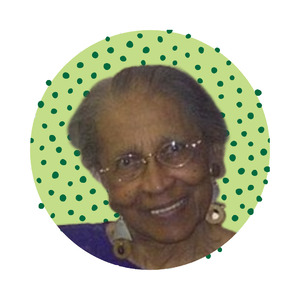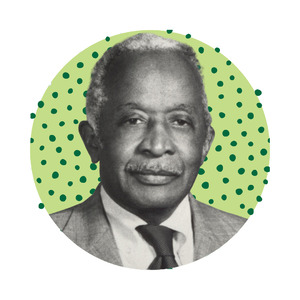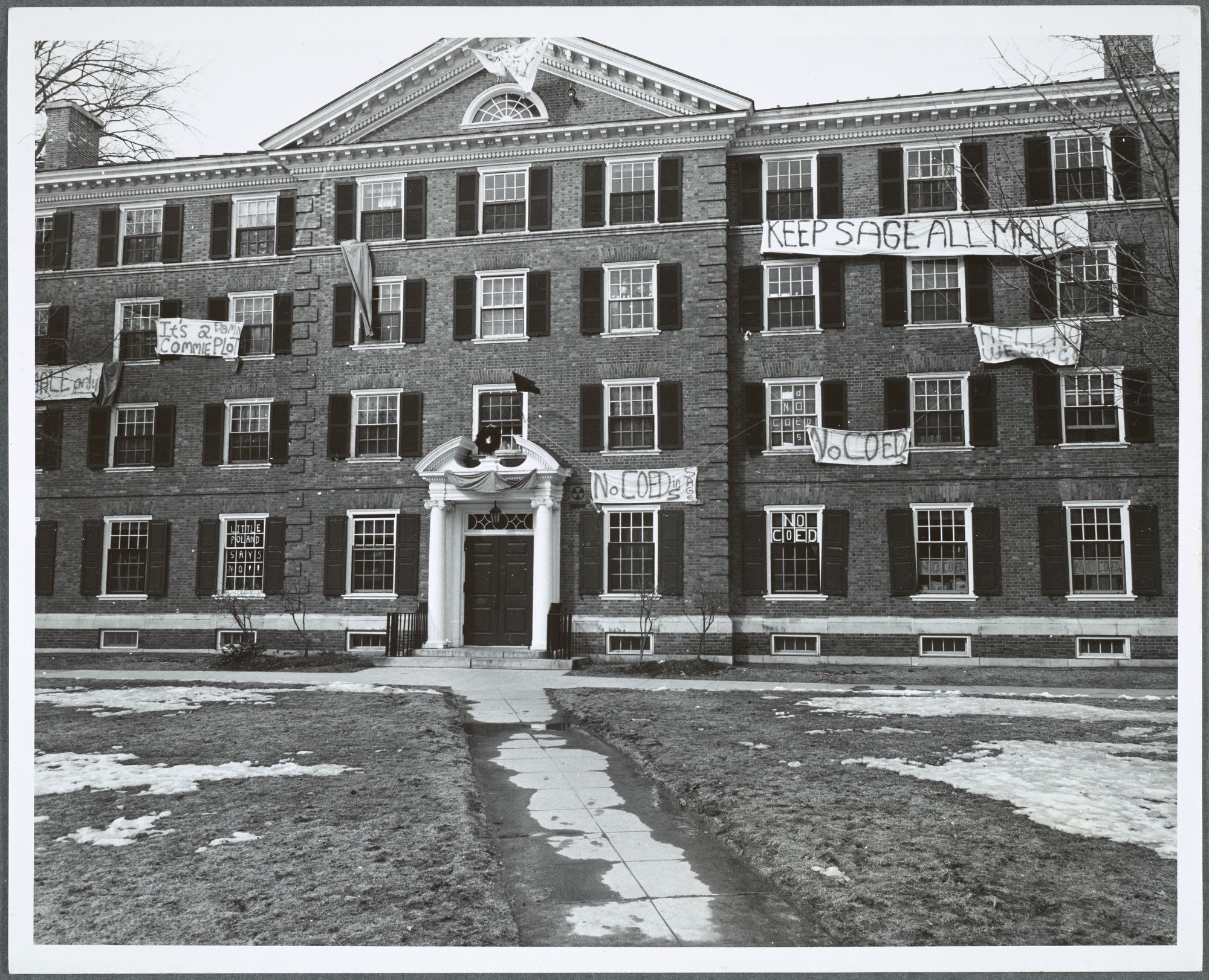Growing Up in Pennsylvania
JB Redding was born in New Jersey to Louis L. Redding and Ruth Cook Redding. Both her parents led professional lives; her father was the first Black attorney in Deleware (and the only Black attorney for 25 years) while her mother was a physician turned teacher. JB was raised by leaders. Louis Redding was one of the lawyers that argued the landmark Brown v. Board of Education case before the U.S. Supreme Court, and Ruth C. Redding was in the first class of Fulbright Scholars before becoming a doctor of osteopaththy. This tradition of excellence resounded in JB’s household as her father expected his three daughters to attend Ivy League Schools.
Before starting college, Redding recalls the embedded racism in her community. Access to fair, affordable housing was demarcated by the color-line, a term coined by activist and sociologist W.E.B Du Bois. Defined as the pervasiveness of white supremacy, the “color-line” describes the default preference for whiteness in many aspects of life. When Redding’s family moved to Pennsylvania, her father had "a white lawyer friend of his to act as a representative, feeling that they probably wouldn't get the property otherwise." Although the US government has promoted homeownership as a means to build wealth, it has largely benefitted white households. The Redding family’s decision personally paints the history of housing discrimination. As a result, the color-line extends to physical property since unequal access to affordable housing intensified white flight and helped reinforce segregated neighborhoods (racial disparities).
Since JB's parents did not want her to grow up in the segregated state of Deleware, the Redding family resided in Pennsylvania. For the first three years of school, JB was the only person of color until the number increased to four by sixth grade. While she was welcomed in some classmates’ homes, some white students would share how “they might be [their] friends at school”, but “… were not allowed to play with [them]” and “it couldn’t be known that [they] were friends.”
"I took a slot from my slot."
White Male Resentment in the Ivy League
To many, Dartmouth represents the idyllic (and stereotypical) New England college campus: geographically isolated, socioeconomically elite, and overwhelmingly white. In the 1960s, Dartmouth began recruiting economically lower-to-middle class Black students from college preparatory programs and alumni networks. In particular, the Independent Schools Talent Search Program (ISTSP) worked to increase the number of underrepresented and disadvantaged youth at Dartmouth. Student-led initiatives, like the creation of this admissions pamphlet by the Black Student Application Encouragement Committee, also worked to diversify the student body.
Years later, JB applied to Dartmouth at the recommendation of a high school guidance counslor who had read about the Dartmouth's goal to matriculate its first class of women.
A common question asked at Dartmouth never sat right with JB: “Why do [the Black students] always sit together?” Black students would have their position at Dartmouth questioned frequently, with white students suggesting, “you took a slot from [me].” Redding attributes her academic confidence despite these questions to the standard of excellence at home. In addition to navigating the cultural shock of the secluded Ivy League campus, Redding had to endure male hostility towards the female presence, an experience she was utterly unprepared for.




